Ghost gear is a term used to refer to any lost or abandoned fishing gear, such as netting, ropes, traps etc. This is arguably the most dangerous form of ocean pollution as these sometimes massive nets are extremely harmful to marine life, killing and entangling all life indiscriminately.
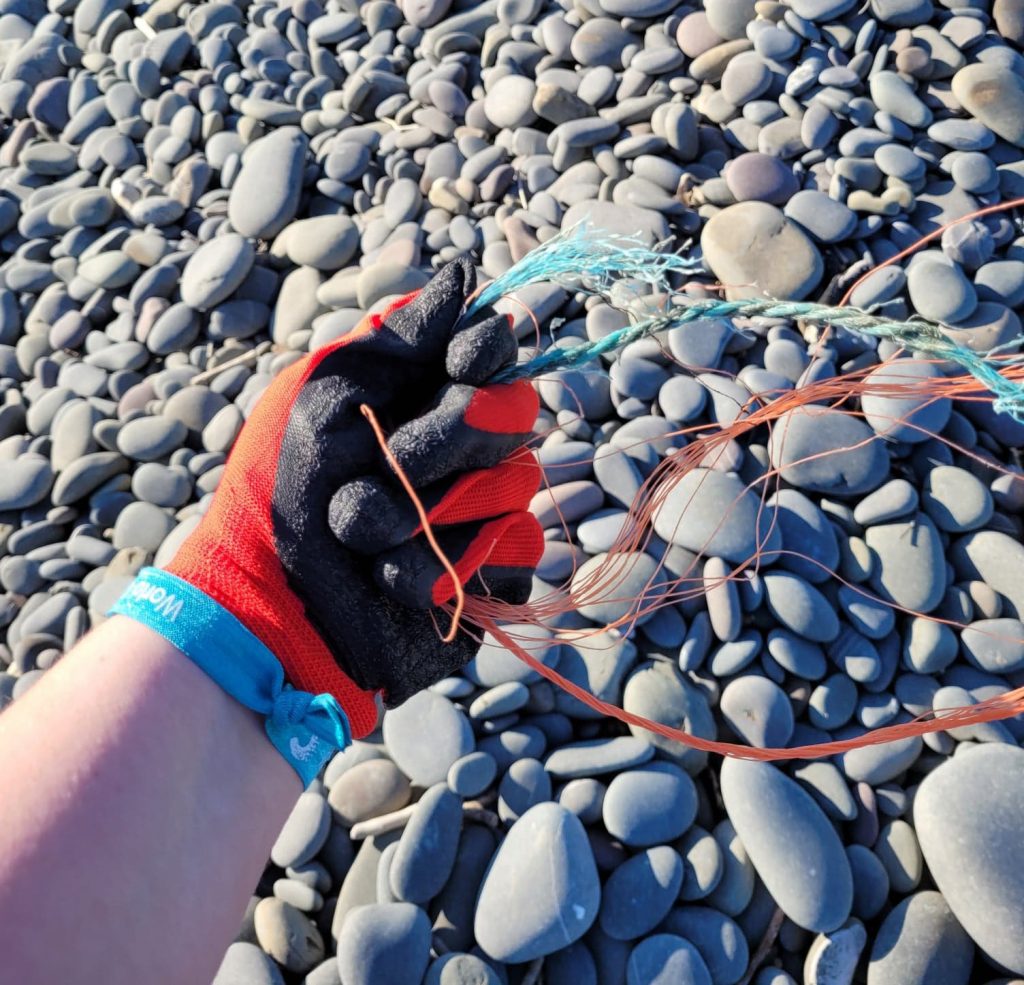
What causes ghost gear?
As the dropping of fishing gear into the ocean, making it ghost gear, is illegal it is not usually deliberate. Most commonly ghost gear is caused by snagging, poor weather, or accidental entanglement with other fishing gear. Deliberate discarding of fishing gear is most often caused by illegal fishing where ships may cut their lines to avoid capture by authorities.
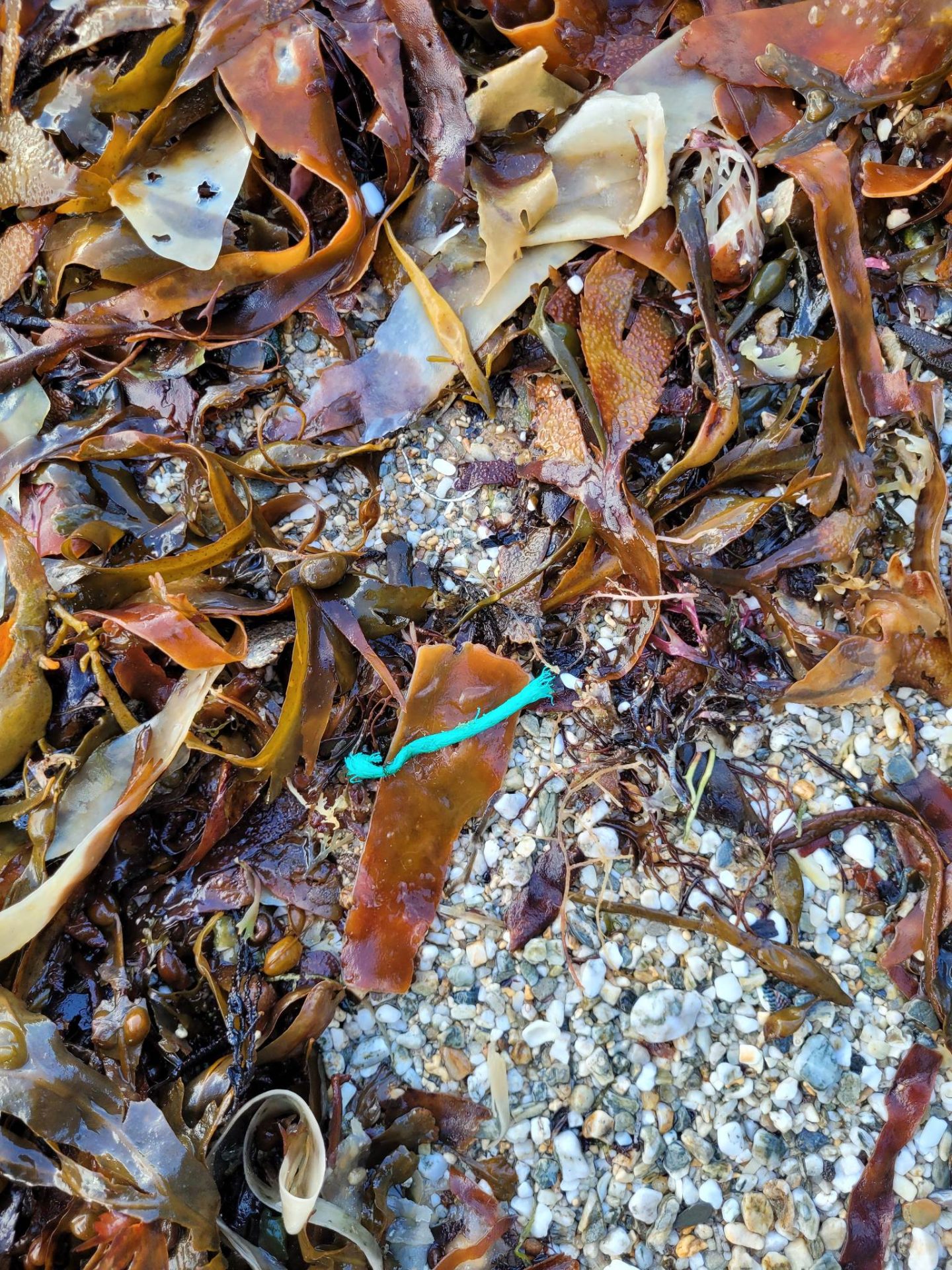
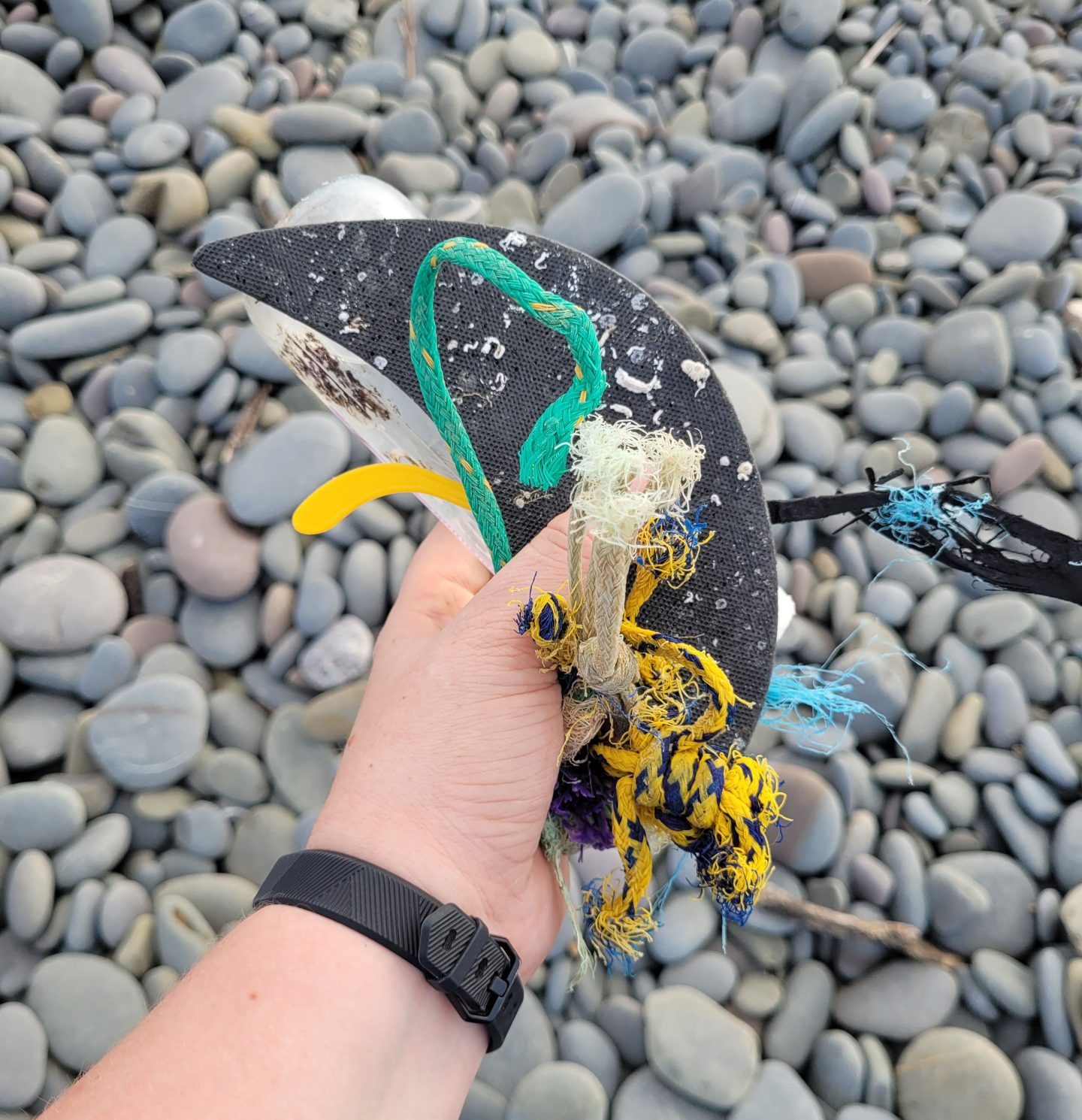
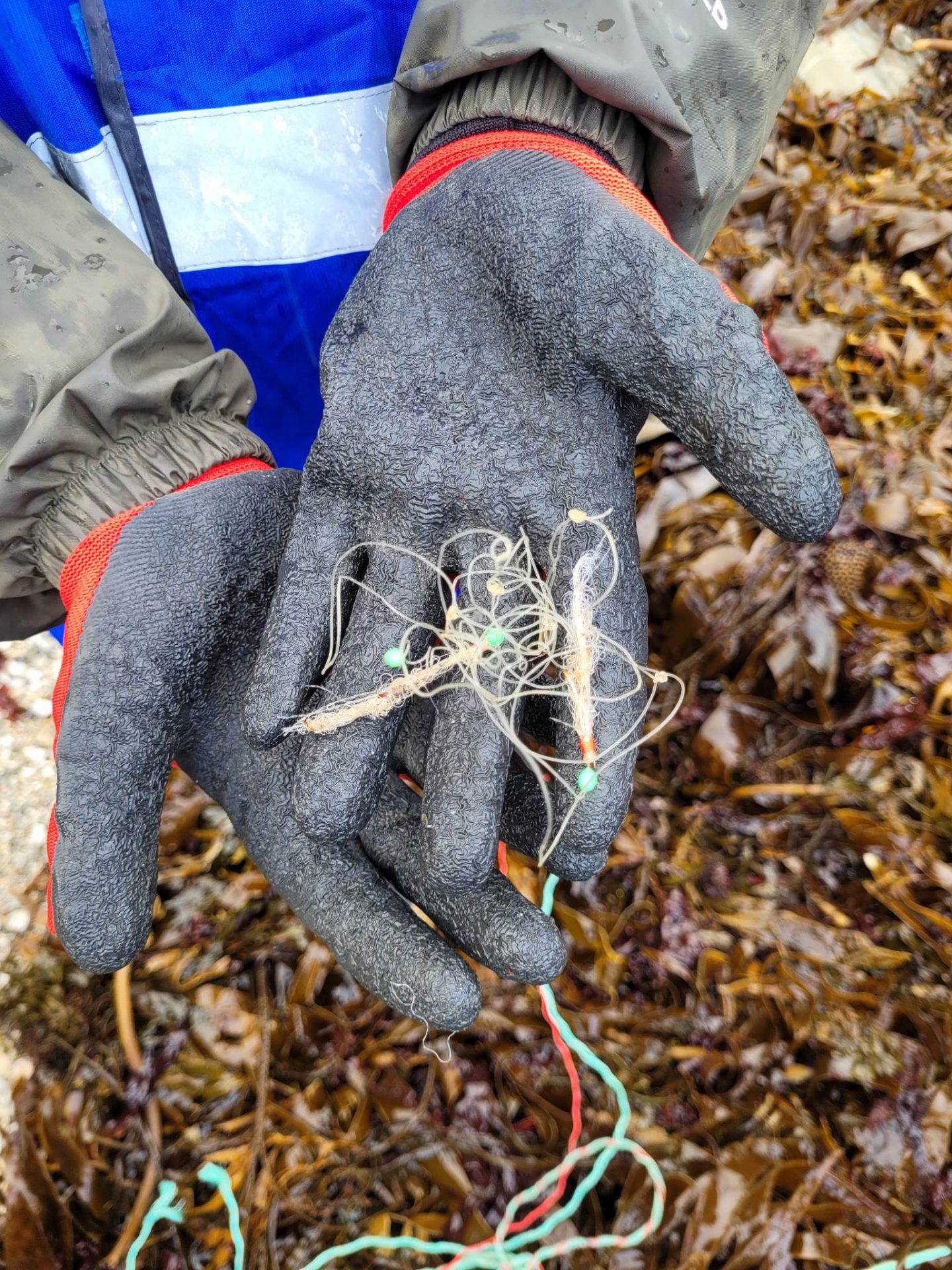
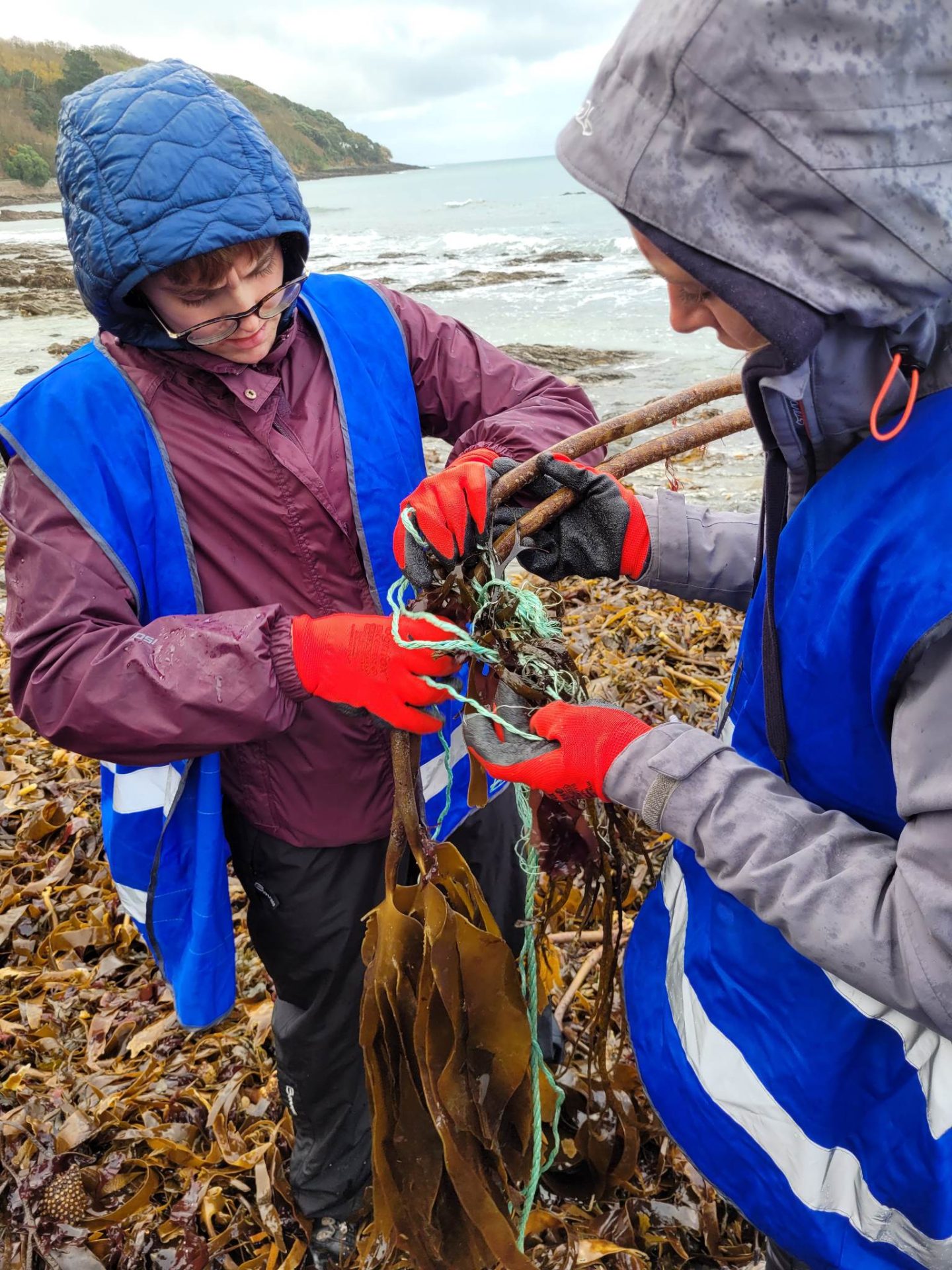
Each year, more than eight million metric tons of plastic end up in the world’s oceans, and globally it is estimated that between 600,000 and 800,000 metric tonnes of ghost gear enter the oceans on an annual basis.
Canada.ca. 2021. What is ghost gear. [online] Available at: <https://www.dfo-mpo.gc.ca/fisheries-peches/management-gestion/ghostgear-equipementfantome/what-quoi-eng.html> [Accessed 18 August 2022].
Why should we be worried about ghost gear?
We mentioned that it is harmful to marine life, but exactly how damaging is this discarded gear? Firstly, and most importantly, ghost gear kills marine life for many, many years after it has been discarded. These jumbled up balls of netting are complex structures that make it almost impossible for entangled marine animals to escape. Sea Shepherd states that:
“Over 150,000 seals and cetaceans (whales, dolphins and porpoises) are estimated to be killed annually by lost fishing gear along with thousands of sea birds, turtles and sharks.”
Considering that ghost gear, being made of plastic, can last for hundreds of years, the detrimental ecological impact of this cannot be overstated.
Not only is ghost gear dangerous to marine life, like any plastic pollution it is harmful for everyone. Plastic does not breakdown in water, instead breaking up into smaller and smaller pieces that become hard to see with the naked eye. These tiny micro and nanoplastics are incredibly harmful as they readily absorb hydrophobic pollutants, making them magnets for dangerous chemicals that have also been polluted into the ocean. These tiny pieces of toxic plastic are then ingested by marine life, some of which are then consumed by humans.
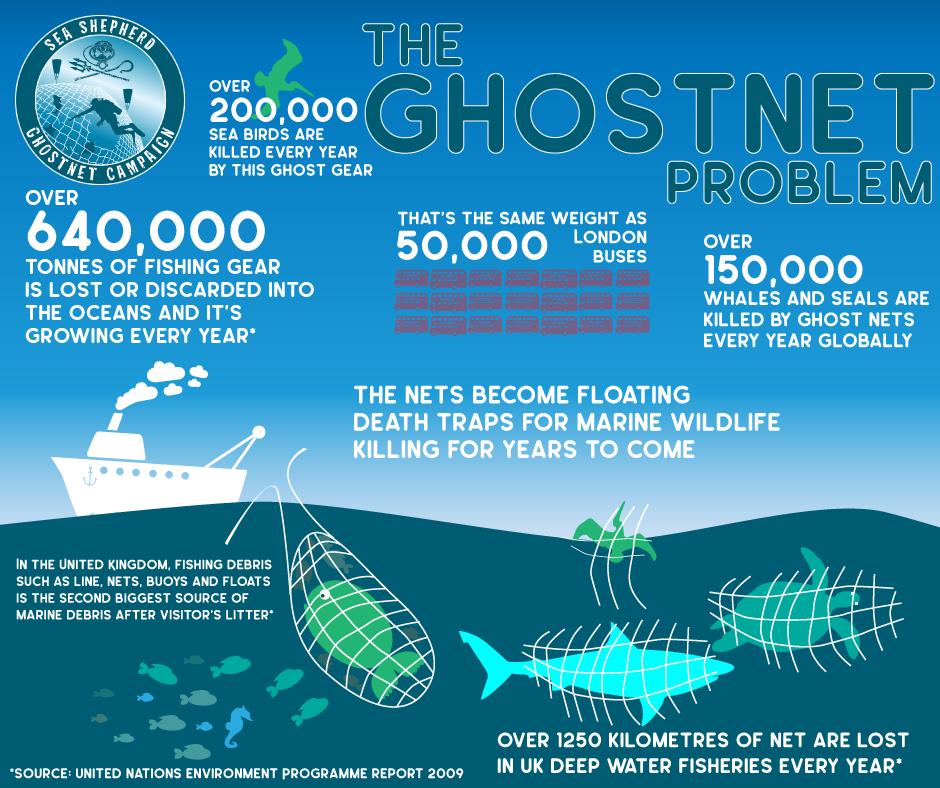
In conclusion
Ghost gear is an undeniable threat and danger not only to marine life, but to everyone. This type of plastic pollution is the second largest source of marine debris around the UK, with over 1250 kilometres of nets alone being lost in UK waters each year.
There are numerous organisations and charities working hard to tackle this problem. We highly recommend you look into all of the amazing work they are doing. Here are three of our favourites:
The WWF
https://www.worldwildlife.org/projects/stopping-ghost-gear
Sea Shepherd UK, Operations Ghostnet
The Global gear Gear Initiative
Sources:
- Canada.ca. 2021. What is ghost gear. [online] Available at: <https://www.dfo-mpo.gc.ca/fisheries-peches/management-gestion/ghostgear-equipementfantome/what-quoi-eng.html> [Accessed 18 August 2022].
- Subhankar Chatterjee and Shivika Sharma, “Microplastics in our oceans and marine health”, Field
Actions Science Reports [Online], Special Issue 19 | 2019, Online since 01 March 2019, connection on
21 September 2021. URL: http://journals.openedition.org/factsreports/5257
- Science News. 2021. ‘Lost’ ocean nanoplastic might be getting trapped on coasts. [online] Available at: <https://www.sciencedaily.com/releases/2021/03/210310132335.htm> [Accessed 18 August 2022].
- Ghostnet, n.d. Operation Ghostnet. [online] Sea Shepherd UK. Available at: <https://www.seashepherd.org.uk/campaigns/operation-ghostnet.html?gclid=Cj0KCQjwxveXBhDDARIsAI0Q0x28pOSmd6UtjVYC0N9iwne2I3uXdBK9Dyo3kExjhP8VCh0vio7-XR8aAswLEALw_wcB> [Accessed 18 August 2022].
- Science News. 2021. ‘Lost’ ocean nanoplastic might be getting trapped on coasts. [online] Available at: <https://www.sciencedaily.com/releases/2021/03/210310132335.htm> [Accessed 18 August 2022].

There is definately a lot to find out about this subject. I like all the points you made